Immediately after the election results on November 6, US President-elect Donald Trump announced a series of cabinet candidates for the new term that will begin in January 2025. Among them, important positions including White House Chief of Staff, leaders of the Departments of State , Justice, Defense, Homeland Security, Health, National Security Agency, Central Intelligence Agency (CIA) have all been announced.
But Mr Trump’s efforts to appoint loyalists to his cabinet are creating the first major test for the Republican majority in the US Senate, whose leadership must now decide how far it is willing to go to support or oppose cabinet nominations.
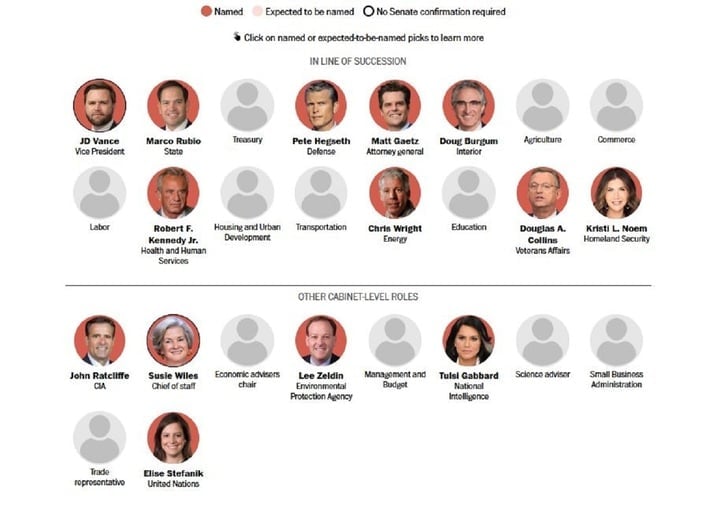
Some personnel choices for Mr. Trump's second term. (Graphic: Washington Post)
The US Senate decides on the cabinet
The US Constitution stipulates that the US Senate has the role of examining and approving government members appointed by the President, including ministers, US ambassadors to foreign countries, and federal judges. This provision is intended to control presidential power, helping to ensure that incompetent or corrupt people are not selected.
The Senate begins the confirmation process by holding hearings. Hearings take place before 'committees having jurisdiction over the agency the nominee is nominated to lead.'
Hearings can last several hours. Committee members ask questions of the candidate, often about his or her background, policy views, and future leadership plans.
For example, in 2021, the US Senate Foreign Relations Committee held hearings to approve Antony Blinken, nominated by President Joe Biden as Secretary of State. The Senate Finance Committee approved Janet Yellen as Secretary of the Treasury.
The process ends with a committee vote, followed by a full Senate vote. A nominee needs the support of a majority of senators voting to be confirmed.
It should also be added that not only the US Senate but also other security agencies participate in the verification process, such as the US Federal Bureau of Investigation (FBI). The role of the FBI is larger as this agency is responsible for verifying the background of more than 1,000 positions in the new government, the results and records of each candidate will be sent to the office of the US President-elect and the US Congress .
The new US Senate will begin working on January 3, 2025, and the process of verifying nominated cabinet members will take place after that.
For Mr. Trump, the Republican majority in the Senate is a big advantage. However, not all of Mr. Trump's cabinet nominees are popular with lawmakers.
A typical example is the position of Secretary of Defense of Mr. Pete Hegseth - former Fox News host and Attorney General candidate, Florida Congressman Matt Gaetz.

According to the US Constitution, the President can appoint cabinet members while Congress is in recess. (Photo: New York Times)
Mr. Trump seeks to "bypass" the US Senate
US President-elect Donald Trump said he wants to use the US Congress' recess to appoint cabinet members, a move that could bypass the Senate confirmation process for some of the most important positions in the US government.
The move is expected to limit Democrats' remaining power to thwart the new administration, but could potentially strip the US Senate of its role in confirming or rejecting presidential nominees.
Also according to the US Constitution, the President can appoint personnel to the cabinet while Congress is in recess.
Congress can recess for months at a time, and presidents can use the direct appointments clause during this time to avoid leaving an important position vacant for too long.
Historically, many US presidents have used their power to appoint personnel without going through lawmakers in the Senate. President Bill Clinton appointed 139 times and President George W. Bush appointed 171 times, but neither of them used this process for high-level cabinet positions, according to the US Congressional Research Service.
President Barack Obama tried to continue that practice, making 32 appointments, but a 2014 Supreme Court ruling curtailed the president's authority.
To address this issue, the US Senate, even during recess, holds sessions but does not conduct any legislative activity. The House of Representatives also retains some power over temporary appointments by refusing to allow the Senate to adjourn.
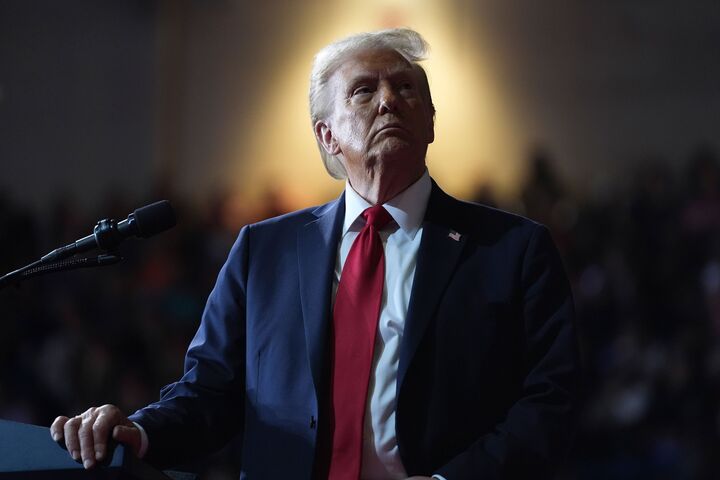
Mr. Trump seems to want to be a decisive president with greater powers than any of his predecessors. (Photo: CNN)
Making appointments during a recess would significantly reduce the power of the Senate, which may be what Mr. Trump is trying to do as he plans for a second presidential term that will be more powerful than his first.
Mr Trump appears to want to be a decisive president with greater powers than any of his predecessors.
President-elect Trump recently said the Senate 'must approve' his overreach, otherwise he won't be able to make appointments in time. He said that during his first term, some of his nominees took years to get through the Senate. According to the Presidential Transition Center, during his first term, it took an average of 115 days for Trump nominees to be confirmed.
Republican Senator John Thune, elected to be the next Senate majority leader, has pledged to maintain a 'tight schedule until Mr Trump's nominations are confirmed'. Mr Thune also did not rule out allowing Mr Trump to override the Senate.
However, Democrats will also do their best to block it, and it is unclear whether all Republicans will support it. In addition, recess appointments are only temporary. The appointment will expire at the end of the congressional session, which is at most a year."
Source: https://vtcnews.vn/thuong-vien-my-thong-qua-noi-cac-cua-ong-trump-the-nao-ar908048.html

































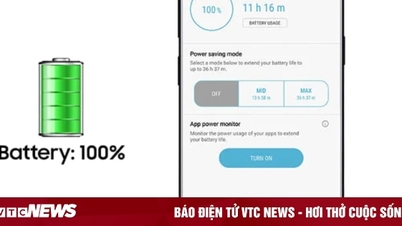




![[Photo] The 1st Congress of Phu Tho Provincial Party Committee, term 2025-2030](https://vphoto.vietnam.vn/thumb/1200x675/vietnam/resource/IMAGE/2025/9/30/1507da06216649bba8a1ce6251816820)
![[Photo] Panorama of the cable-stayed bridge, the final bottleneck of the Ben Luc-Long Thanh expressway](https://vphoto.vietnam.vn/thumb/1200x675/vietnam/resource/IMAGE/2025/9/30/391fdf21025541d6b2f092e49a17243f)
![[Photo] President Luong Cuong receives President of the Cuban National Assembly Esteban Lazo Hernandez](https://vphoto.vietnam.vn/thumb/1200x675/vietnam/resource/IMAGE/2025/9/30/4d38932911c24f6ea1936252bd5427fa)
![[Photo] Solemn opening of the 12th Military Party Congress for the 2025-2030 term](https://vphoto.vietnam.vn/thumb/1200x675/vietnam/resource/IMAGE/2025/9/30/2cd383b3130d41a1a4b5ace0d5eb989d)




















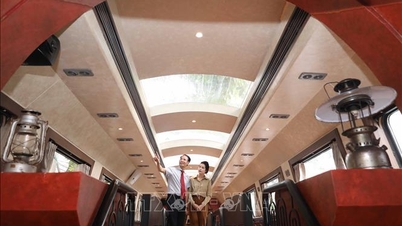












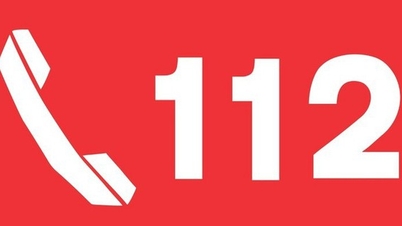









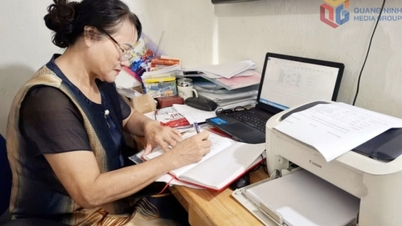





















Comment (0)